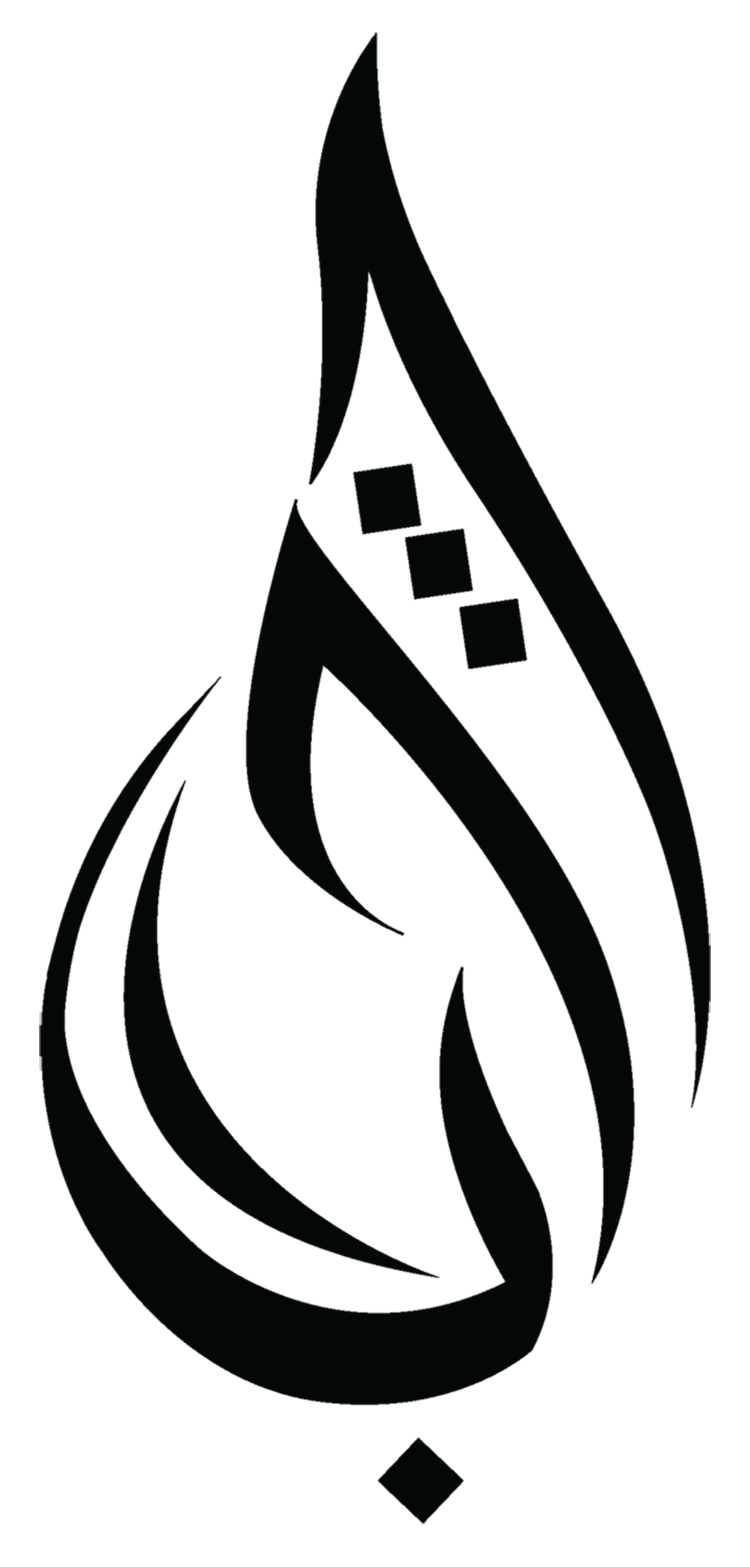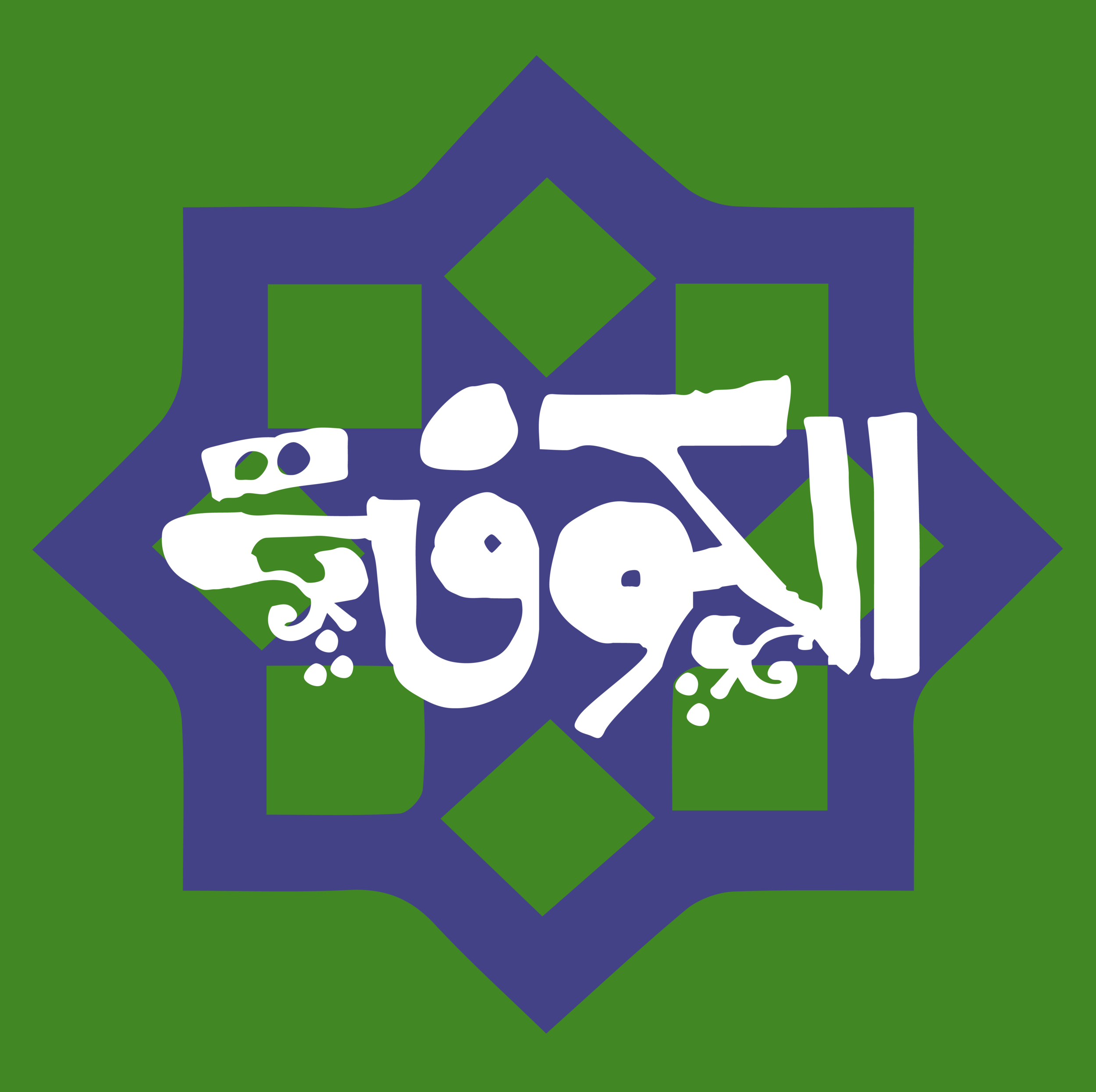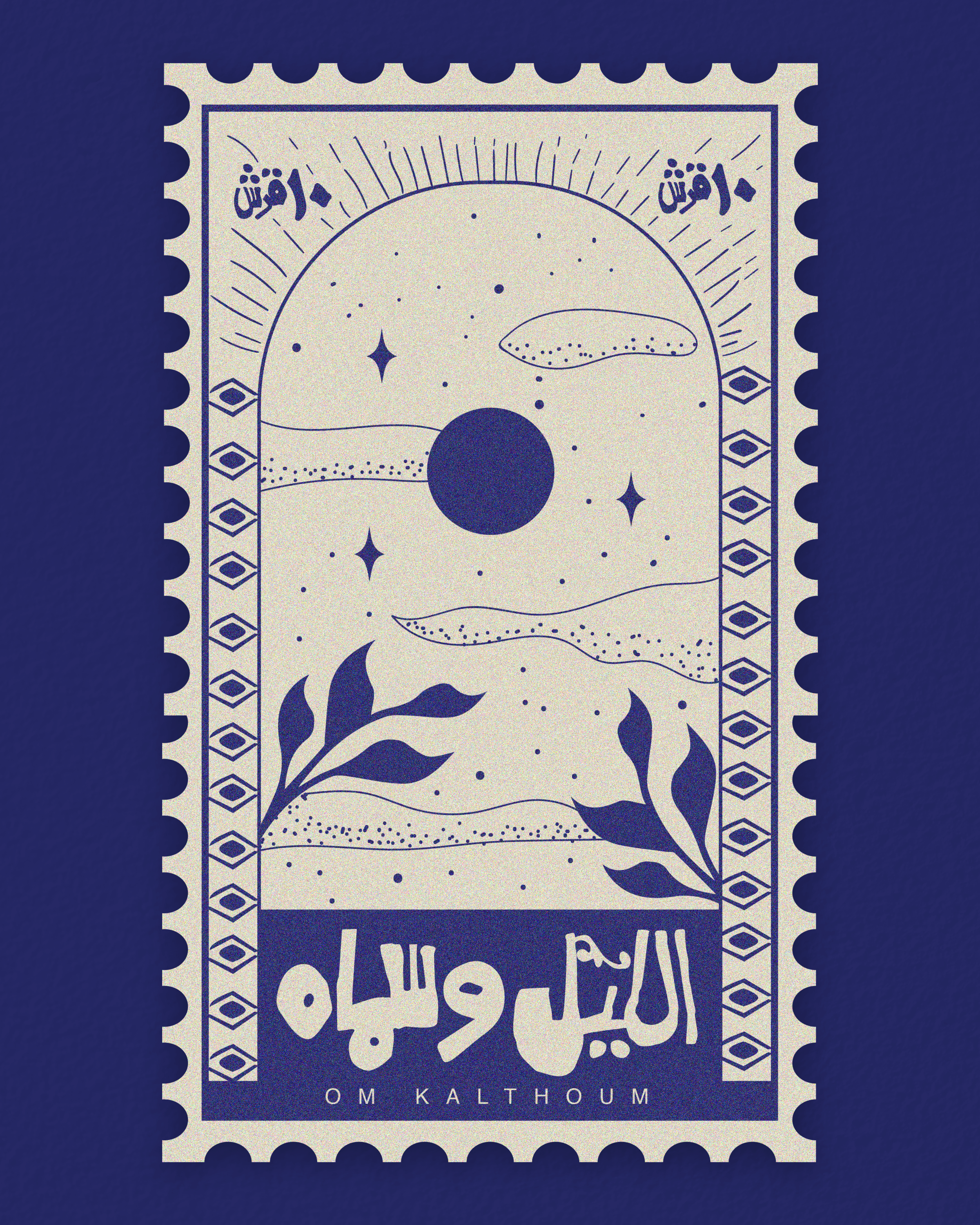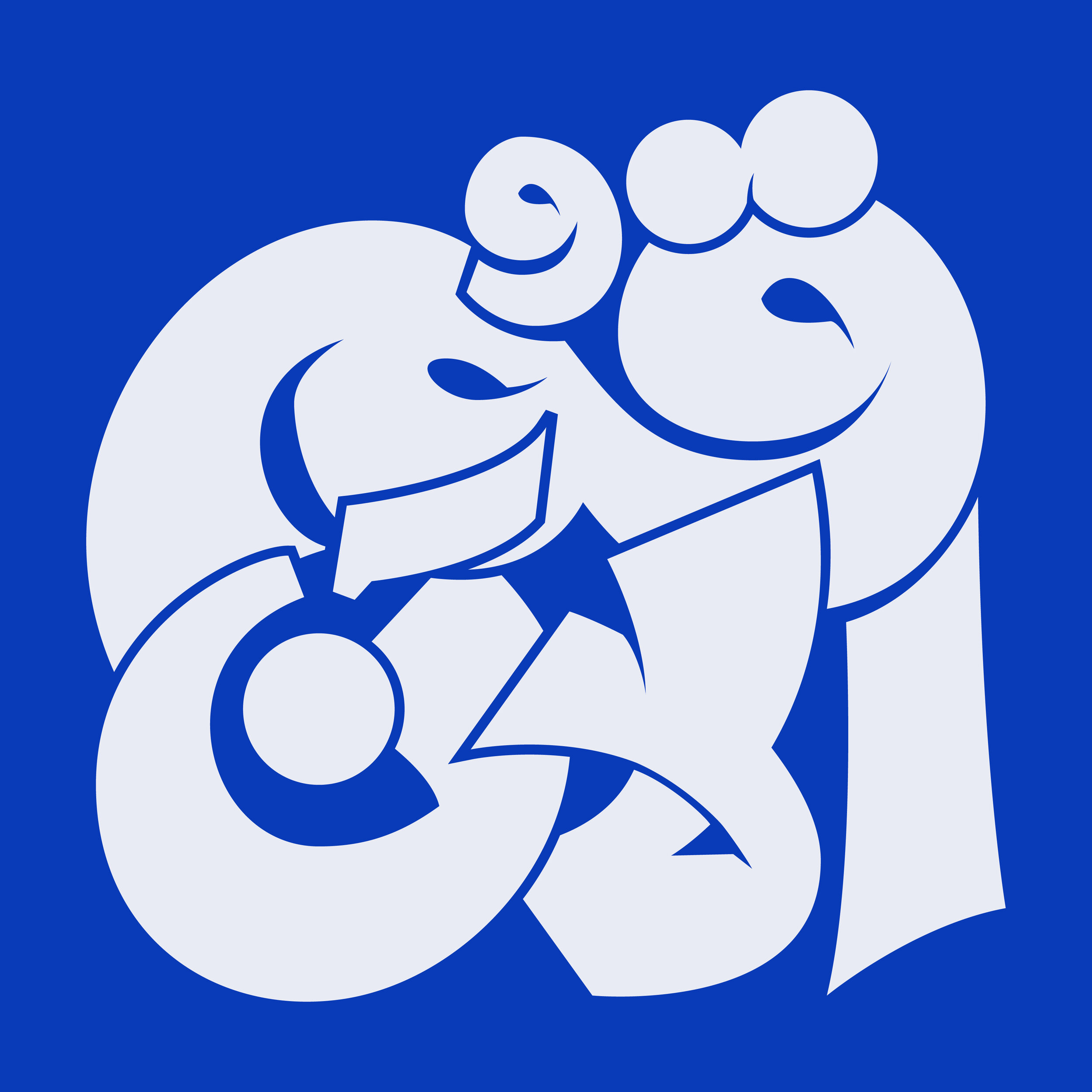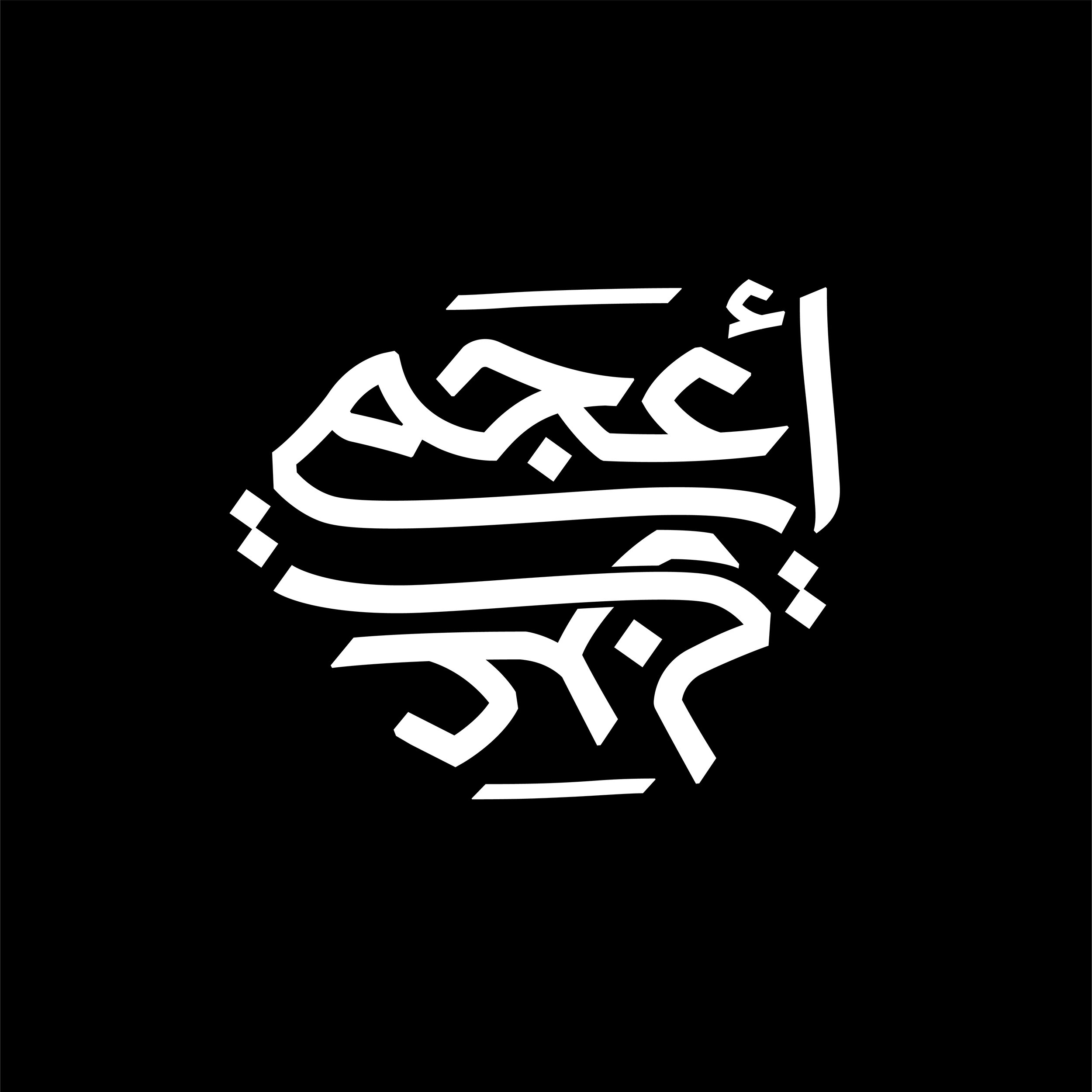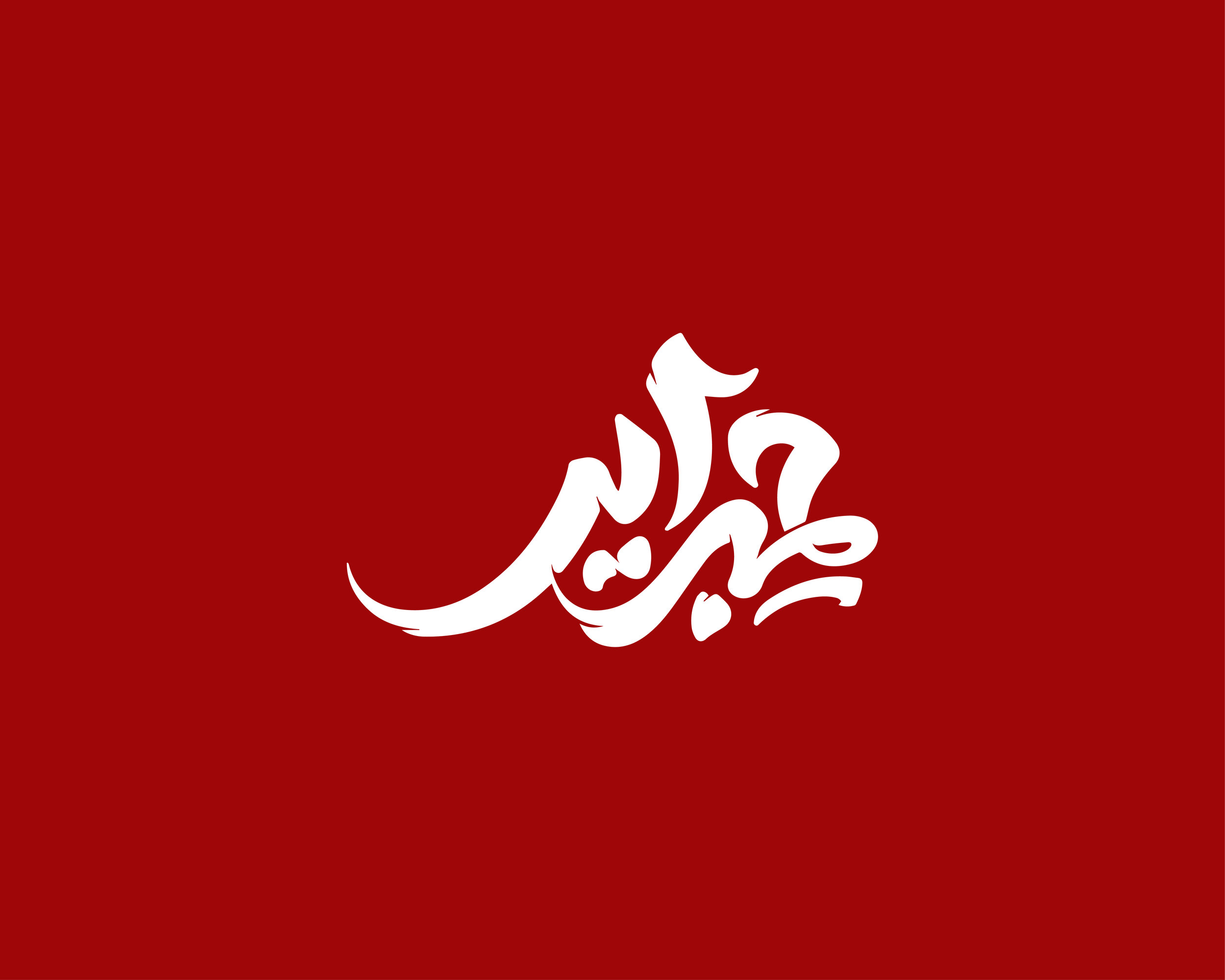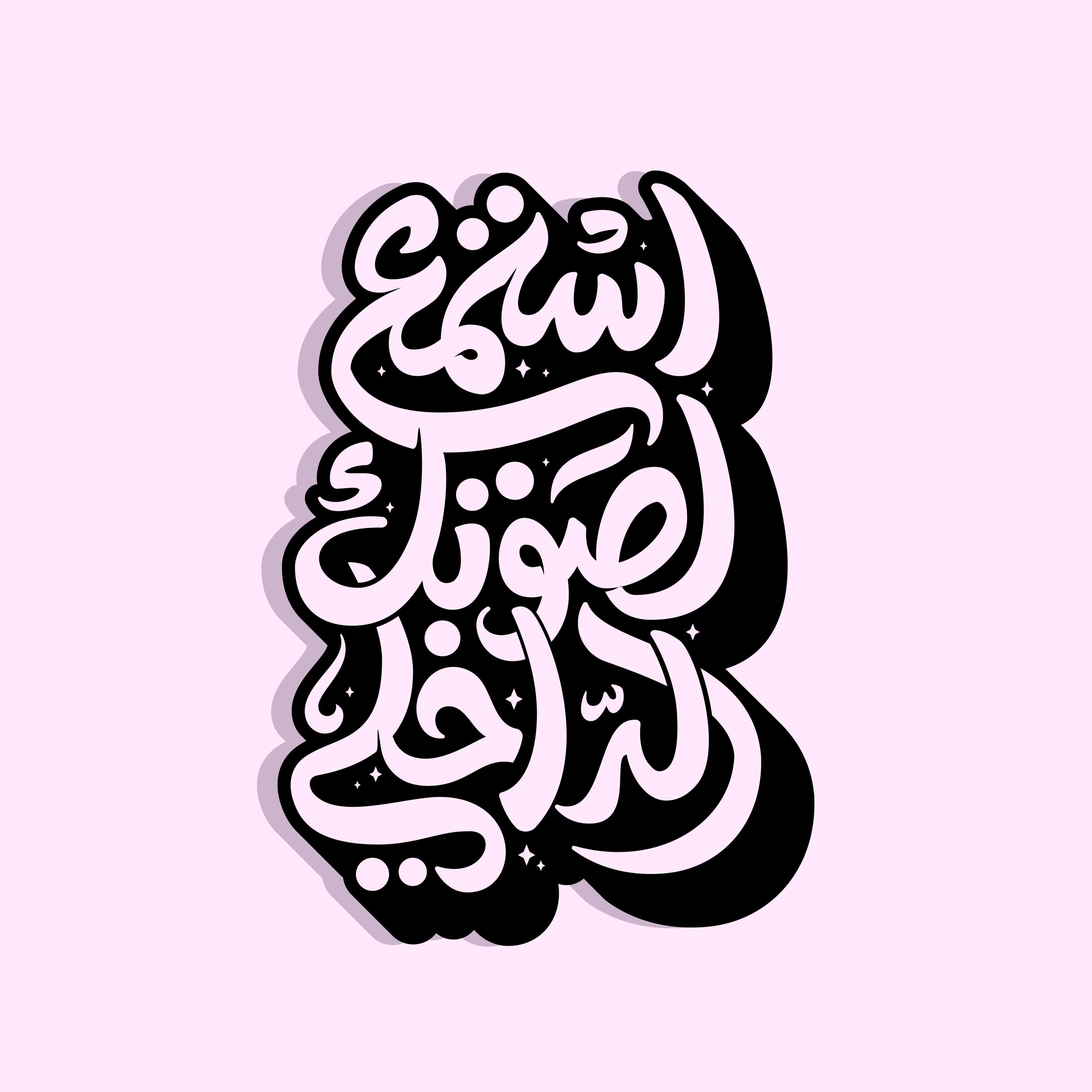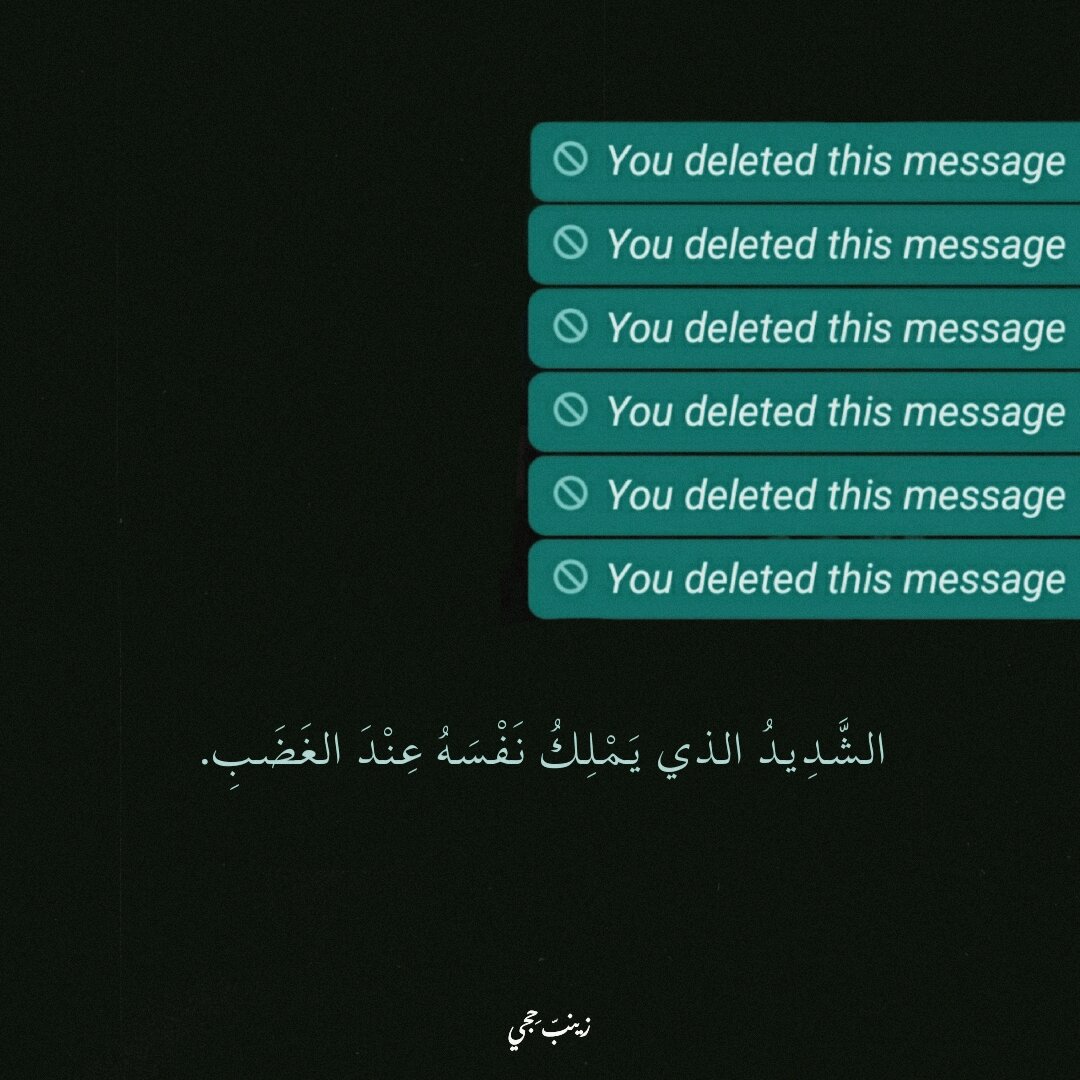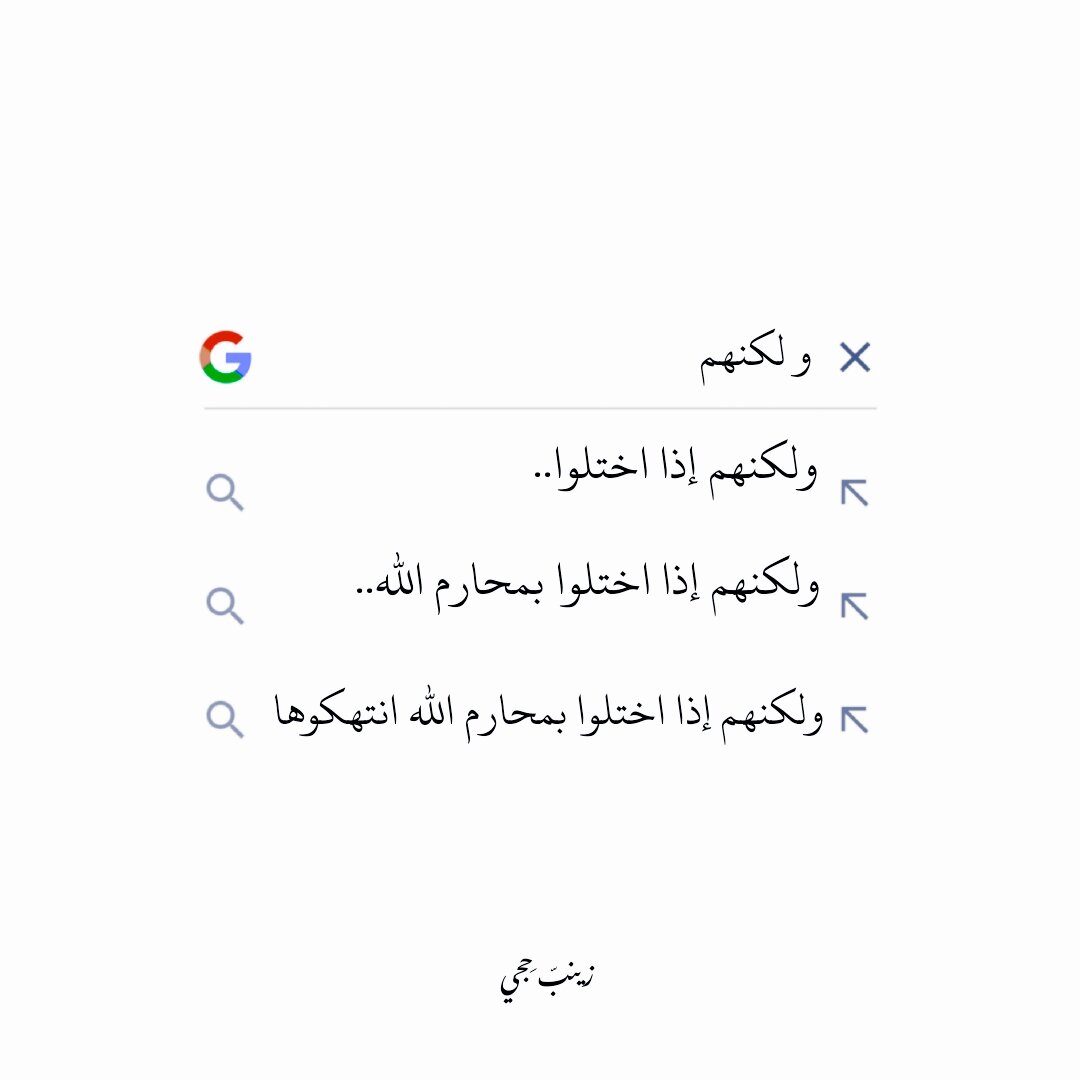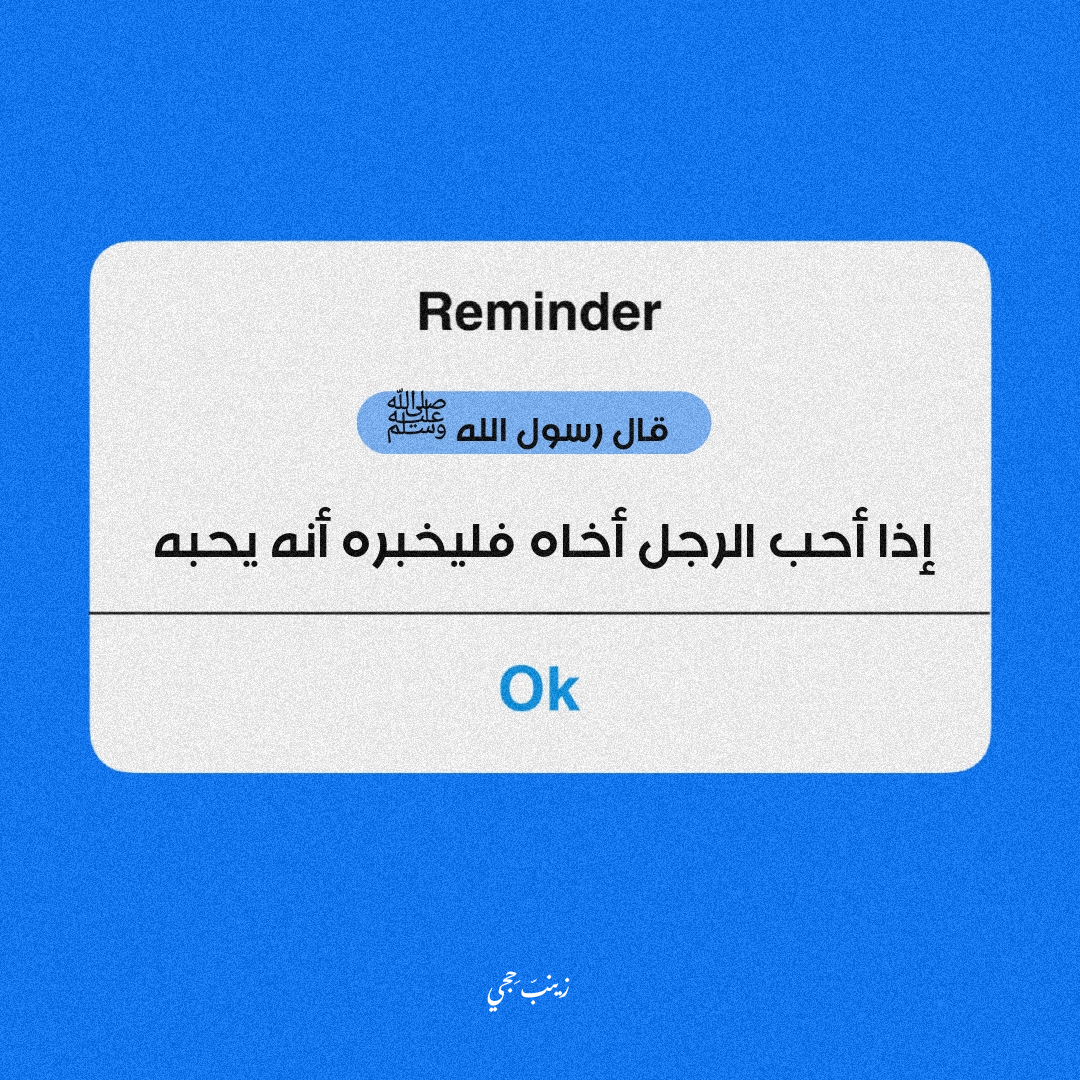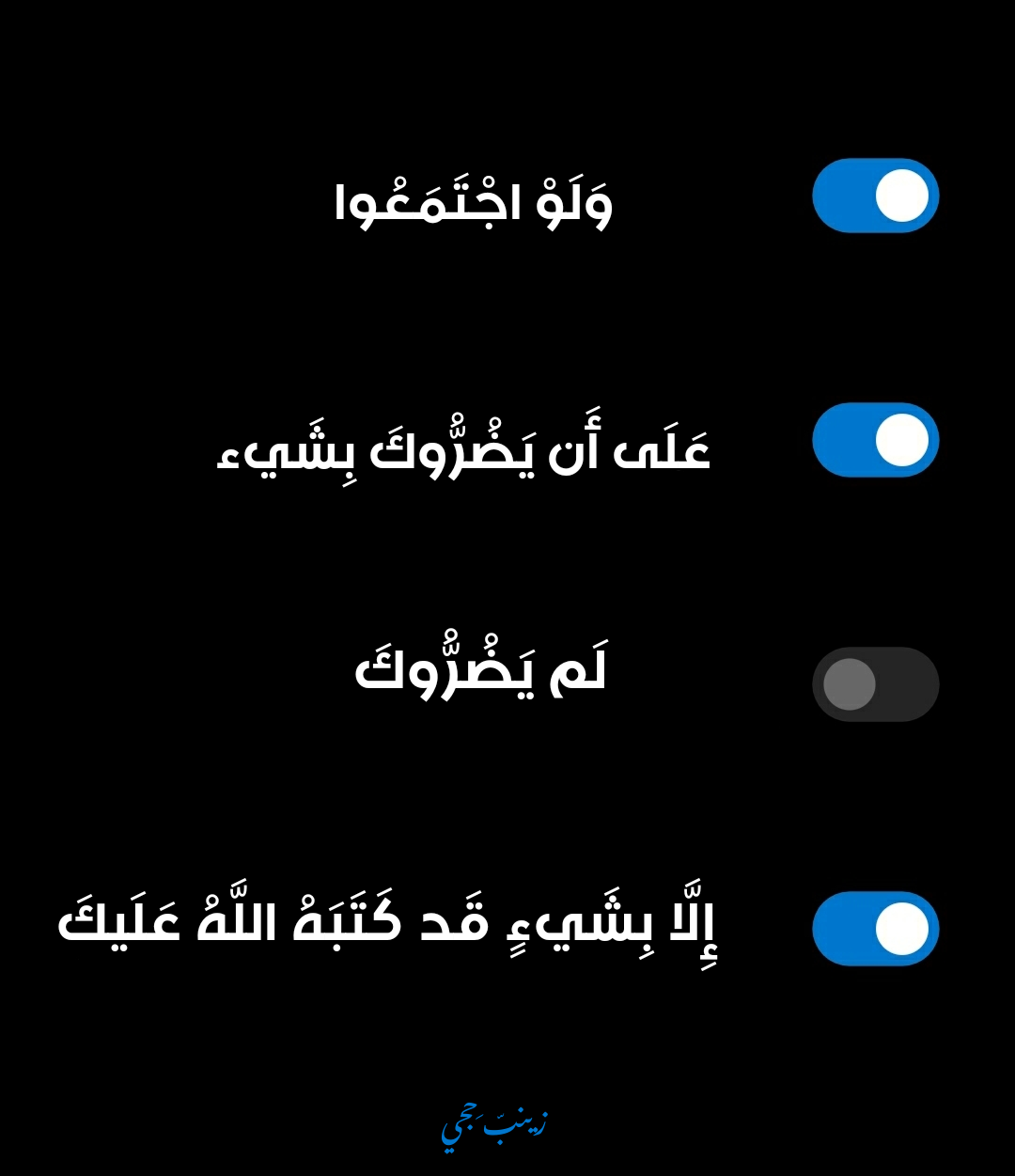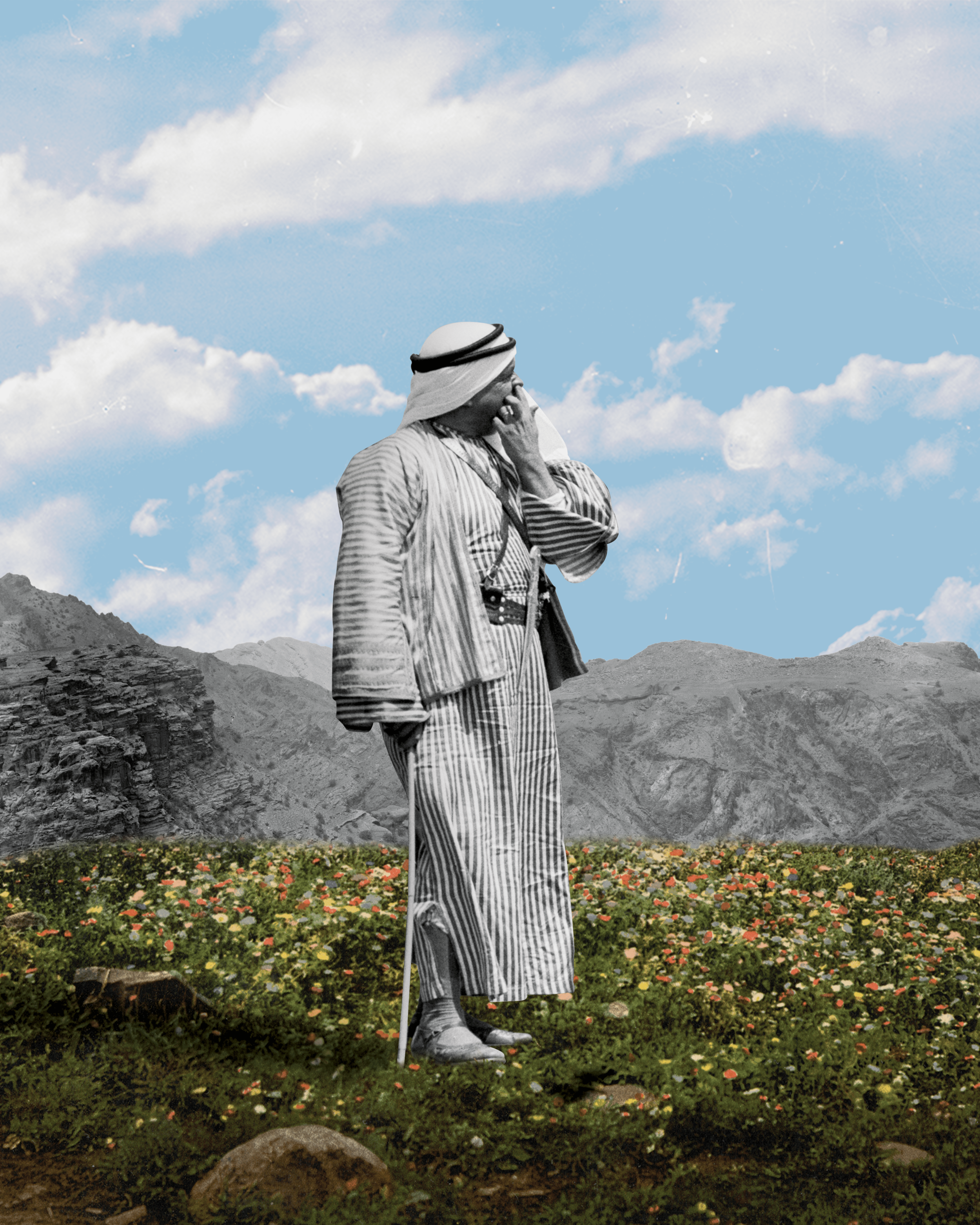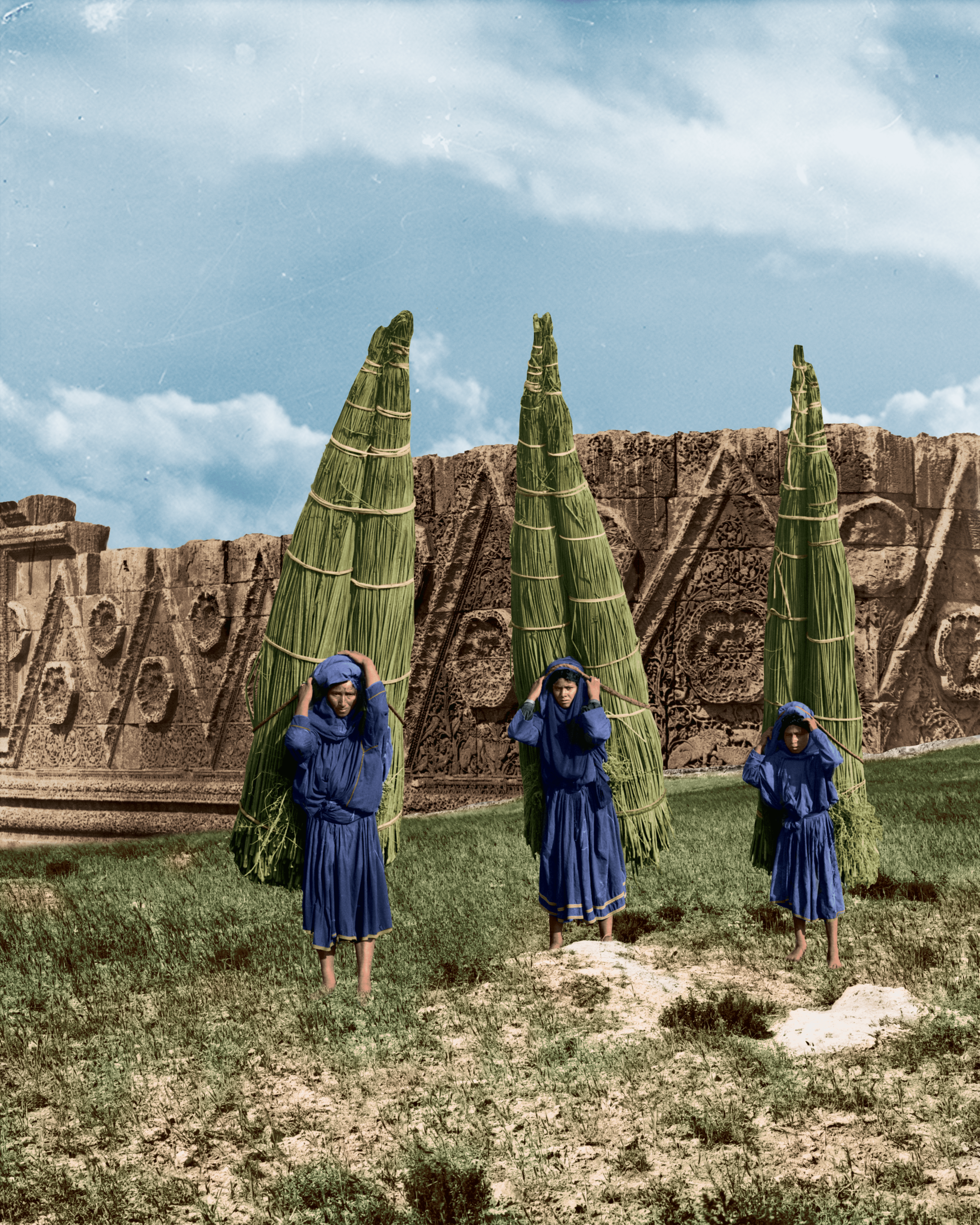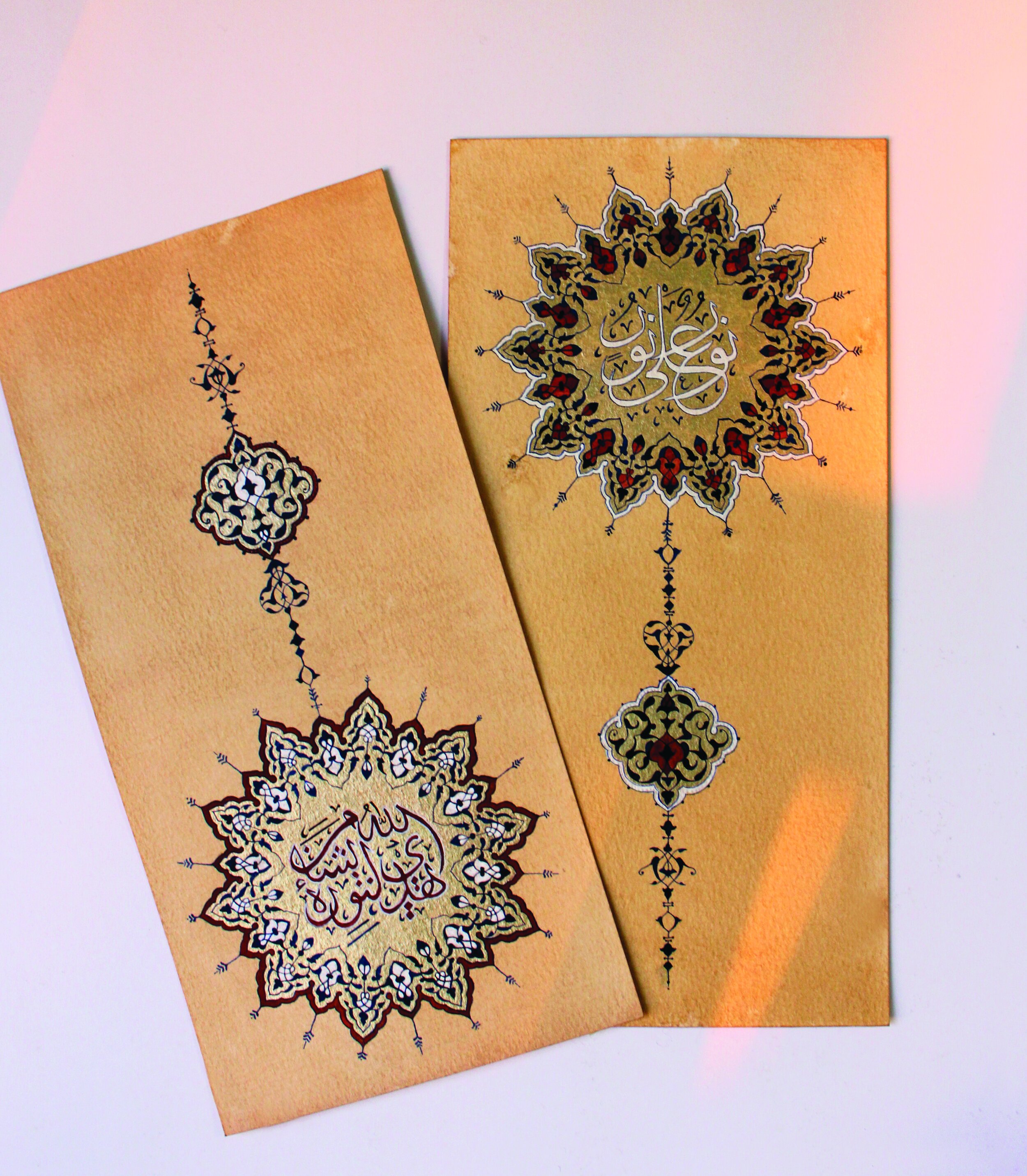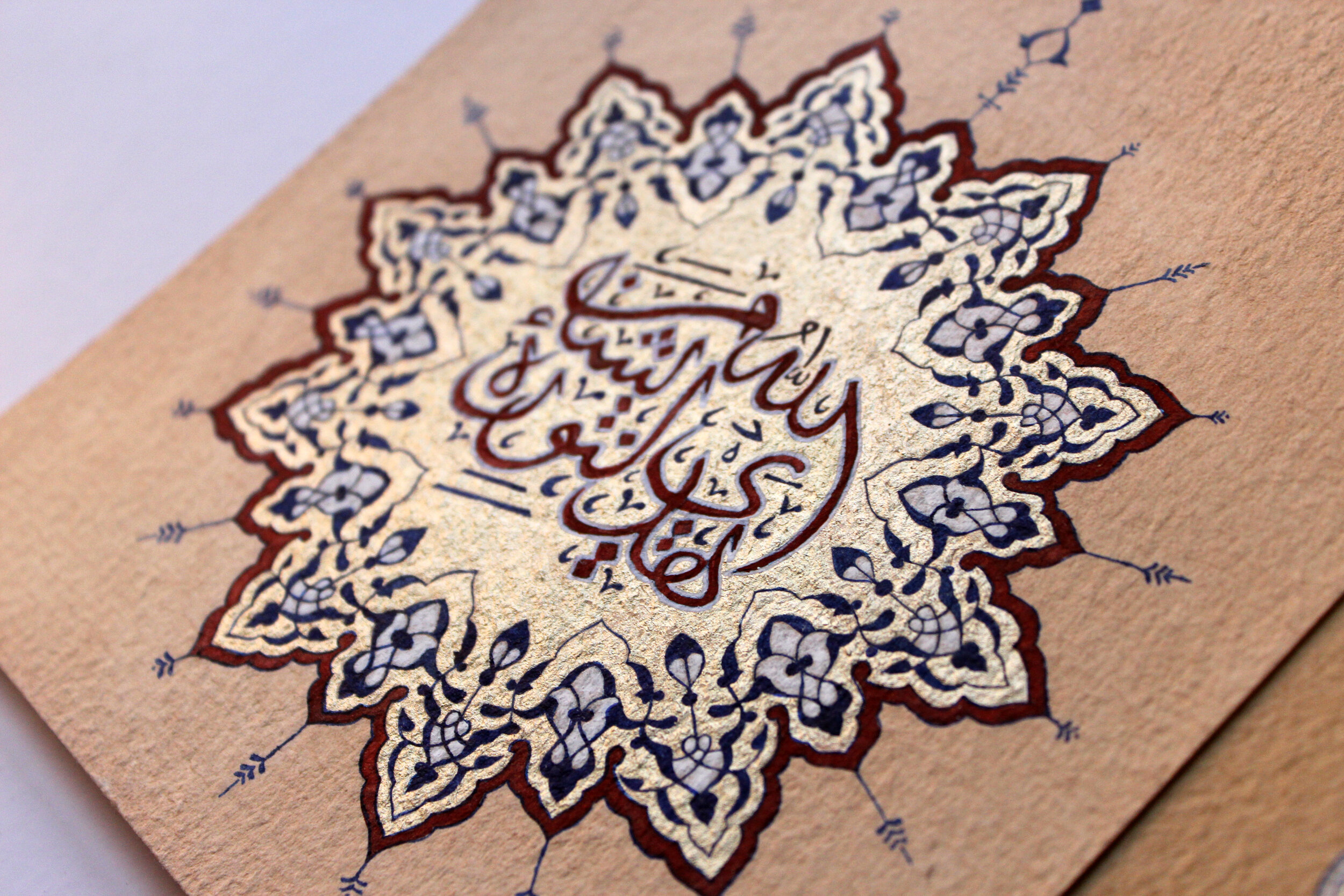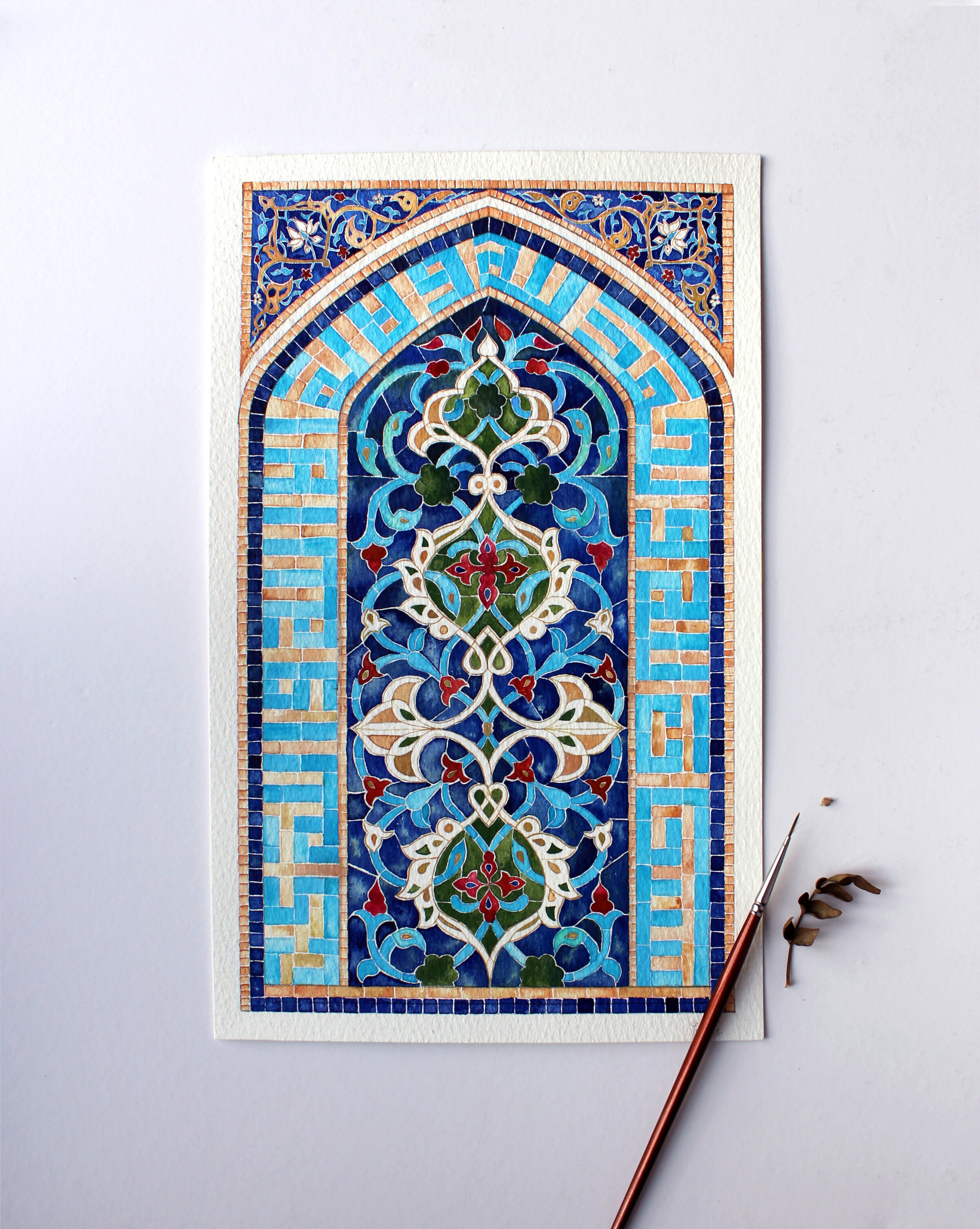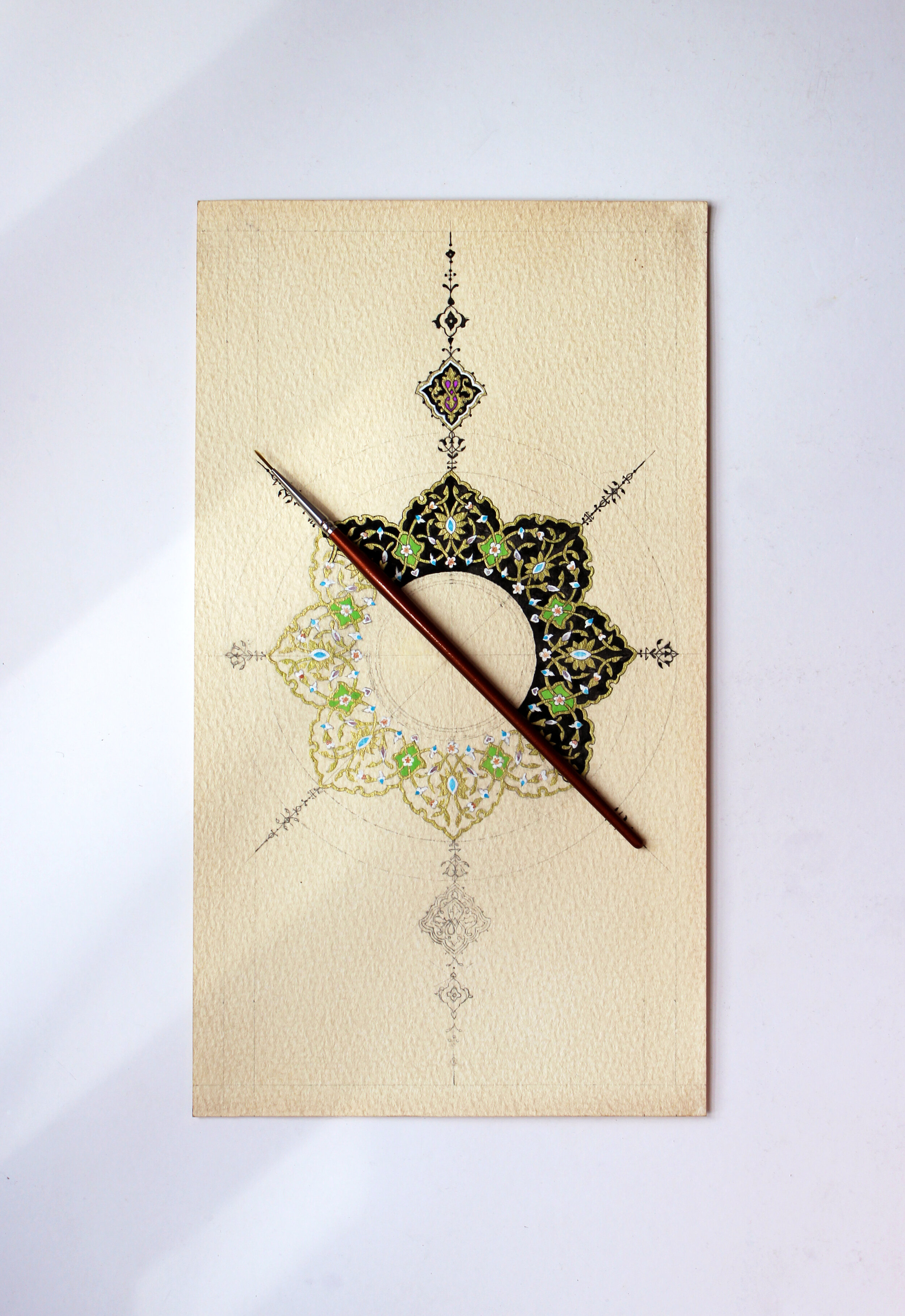Art has been a part of our lives since forever, whether we want to deliver our point of view to the world, to define our culture, to escape reality or stick with it. We literally can do anything, go anywhere and be anyone through art. Our relationship with the art world is always in flux. Artwork is something we create ourselves, but sometimes it can create an idea that stays with us forever.
Despite the enormous range of art, we all acknowledge that art without identity is like a tree with no roots, any cultural storm has the potential to make it disappear.
We came across five amazing artists that we wanted to highlight, and asked them some questions about how their identify plays into their work…
1) Toka Asal
“I want all people to see and appreciate art. I want to make something fun and pleasant to eyes and have meaning and depth simultaneously.”
Alexandria-based graphic designer, Toka Assal has loved sketching since childhood. Encouraged by her mother, she started to develop herself, bought a drawing tablet and raised her art to a new level. In college, she made a small business out of it.
What inspires your art now?
“I believe that every artist has to have an identity and a base to start from, mine is Egyptian folklore.”
Toka also admires Iranian artists, she feels that the way they hold on to their heritage, brightens up every piece of art they create. Inspired by her own culture, she began to feel that her duty was to create artwork that is derived from the old Egyptian tales. Islamic art, for her, is a rich source of innovation.
“I’m Egyptian and a Muslim so this is what gives my art its meaning.”
Tell us more about the stamps marathon
“I love challenging myself, so I decided to pick one element from our culture every day for 30 days and create a stamp out of it.”
Can you give us some more details about the “Egyptian Folklore Festival”?
“I was surprised when I found out that there wasn’t a festival in Egypt for Egyptian folklore, so I decided to create one. It’s going to take place in Bibliotheca Alexandria, for three days. The first day is going to be orientation day, sharing information about the main symbols of Egyptian folklore. The second day, we’re going to share information about Egyptian artists who are interested in defining our culture and art. The third day is the shopping day. A bazaar is going to be built to sell merchandise inspired by these symbols, because here in Egypt, only a certain group of people go to art galleries. A smart way to make art accessible to all people, is to sell it as small products and handy ware.”
Can you pick one word to describe your work?
“Reviving! I try to bring back our Egyptian identity with what I present.”
2) Ehab Elhamzawy
“I didn’t know that typography could be a job until I met some people that helped me really go for it.”
After four years as a freelancer and two years learning and practicing, Ehab Elhamzawy still gives credit for his talent to his father. “It’s a genetic thing I guess” says Ehab.
Ehab’s passion for calligraphy started when he was just a kid. “My father taught me how to write Arabic letters beautifully, he even showed me how to hold the pen well.”
He grew to love calligraphy, leading to him regularly winning Arabic calligraphy competitions in school. After graduating from Cairo University with a degree in Business in 2014, he decided to take a leap of faith.
What inspires your art now?
“The Arabic and non-Arabic typographers. I think non-Arabic typographers are quite far ahead, so I try to modernise my Arabic calligraphy. I can be inspired by a drawing, the sea, a place I visited, any visuals can inspire me actually. Anything can give me a certain feeling and inspiration to make artwork.”
What materials/tools do you use?
“I use a pen and paper, scan my work and upload it onto Adobe illustrator. But every calligrapher must use pen and paper first, because there is nothing like grasping the pen and feeling the paper beneath it.”
Tell us more about Hibrayer
“I was inspired by “Inktober”. I think we Arabs have a lot of unknown, talented artists that need to be seen and I thought we can make something particular for Arabic calligraphers, artists and so on.”
Ehab told us about his dream for the initiative; “I hope we one million Arab artists can join this group.”
Can you pick one word to describe your work?
“Inspiring, or at least this is what I hope.”
Ehab even had a little secret to tell us; “I used to write on dusty windows of cars when I was little, and I still do it till now!” So, if you find any typography on car windows, it might just be Ehab passing by.
3) Zainab Heji
“I want all people to see my work even the non-Arabic speaking.”
Studying marketing for four years didn’t stop Zainab from pursuing her passion as a graphic designer. After graduating, she felt like it was the right time to work on the thing that she loved the most.
“I’m a graphic designer so I thought, why shouldn’t I use my talent for a greater purpose, for explaining hadiths to Muslims. I love challenging myself, so I decided to create a design every day for that particular purpose.”
What materials/tools do you use?
“I use Pixart and Al-Musammam Al-Arabi because they are easy and on mobile.”
Can you pick one word to describe your work?
“I can choose a phrase that makes me do what I do every day: “You won’t go astray” by the Prophet Muhammad; this hadith makes me keep going.”
4) Joseph Nader aka Habibicollage
“It all started at Savannah College of Art and Design when I majored in advertising and branding but currently I’m based in Amman, Jordan.”
What materials/tools do you use?
“I use Photoshop primarily and focus on digital collages.”
Joseph shared with us the source of all his mysterious vintage photos; “most photos I use are found on the library of Congress photo archive. They have an extensive archive that documents life in the Levant and Middle East since WWI, and of course with every image there is a story. I take what I see based on the photo and create my own story.”
What inspires your art now?
“The subject matters and the faces on all the photos I use, as well as all the support I get on my Instagram page!”
Can you pick one word to describe your work?
“A very tricky one, but probably “inspired,” just because I think the pictures I use are very animated and have their own thought or feeling and I am inspired by that.
I wanted to fuse my love for history and my culture and began collaging historic photos of the Levant.”
Who do you want most to see your art?
“I'm here doing my thing, and I appreciate anyone stopping by to appreciate my work and to get a glimpse of our past in a reimagined format. I hope you enjoy looking just as much as I enjoy making!”
5) Tuka El Safty
“I believe that anyone can learn anything they want and explore its field even if they haven’t studied it before.”
It was love at first sight; she couldn’t resist the charm and beauty of the Islamic patterns when she visited El Kheyamiya Street, Cairo.
“I was amazed by the patterns found on the walls of the mosques in El Moez street and the beauty of the Kheyamyia craftsmanship! I felt like I was being called by those patterns, and right then and there it just clicked.”
Tuka didn’t study anything related to her passion for product design at the German University in Cairo, but she didn’t give up and decided to learn by herself.
But she faced some challenges, as Islamic art is quite extensive. “Islamic art is categorized into three sections: Geometry, arabesque or floral patterns, and calligraphy. Visiting mosques, museums, reading books and articles helped me a lot to understand this type of art.” But the great breadth of this field didn’t stop her, she decided to try them all.
“In my paintings, I am not confined to a single type or category of Islamic Art, but instead I always try to combine between geometry, arabesque and calligraphy. I love how it, without using figurative representations, being on the abstract side, emphasises on and expresses the concept of Allah’s unity (tawhid) through the infinite repetition of the patterns.
Along the way I discovered multiple organisations here in Egypt that helped a lot in my development. One of them is “Mamluk Art House” with which I learned more about Islamic geometry in a more in-depth and extensive way. Another one was "Al Qalam” with which I learnt more about Arabic calligraphy and floral patterns. And now, after four or five years, I make paintings and sell them with the intent of honouring this type of art and spreading it around, as I believe it to be the most beautiful form of art.”
What inspires your art now?
“Firstly, the different art phases and techniques within each historic period and era; each geographic area has its own style. For example, Egypt is known for the Fatimid and Mamluk style, which is vastly different from the Mughal style found in India and Southeast Asia or the Safavid style in Iran. While they are all different in their patterns, colors, and techniques, they all go under the umbrella of Islamic Art. Secondly, “the art of illumination”; the illuminated pieces I see in pictures of old Quranic manuscripts are some of the most precise and immaculate works I have ever seen, and that I think is because it was the visual representation of the words of Allah, so it was regarded very highly.
The calligraphy alone was not enough, so gold was added to decorate the Quran to physically represent and convey the enlightenment that comes from the Word of Allah, along with some of the most precious colours and stones such as the blue Lapis Lazuli, or Green Malachite.
I look up to illumination artists as I want to reach their level of precision and fineness one day, especially in the paintings that contain Quranic words.”
What is the piece of art are you most proud of?
“It took a lot of time and effort, it was inspired from the Timurid style that is found in Samarkand, Uzbekistan and Southeast Asia during the 15th century. It is the closest style to my heart due to their usage of bright vibrant colour, along with the common addition of blue.
And if anyone can’t decipher what is written, it says: (سبحان الله والحمد لله ولا اله الا الله والله أكبر) Subhan Allah, Wal Hamdulillah, Wa la Ilaha Illa Allah, WalAllahu Akbar. After going with the Timurid style, I also used bright colors such as differing shades of blue, red and beige for the bricks.
In those paintings the first thing I did was tea stain the paper, and this was done traditionally to make the paper more in tune with the rest of the colours. After the paper has dried, they usually use a kind of smooth stone to stroke the paper back and forth in order to burnish it, but I decided to skip that last step and leave the textured appearance. Traditionally, they use real gold paint that is made by crushing gold paper sheets over and over and adding water and a little bit of Arabic gum or honey to hold it all together, it’s a tedious process but with a very rewarding outcome.”
Author: Lobna Omar
